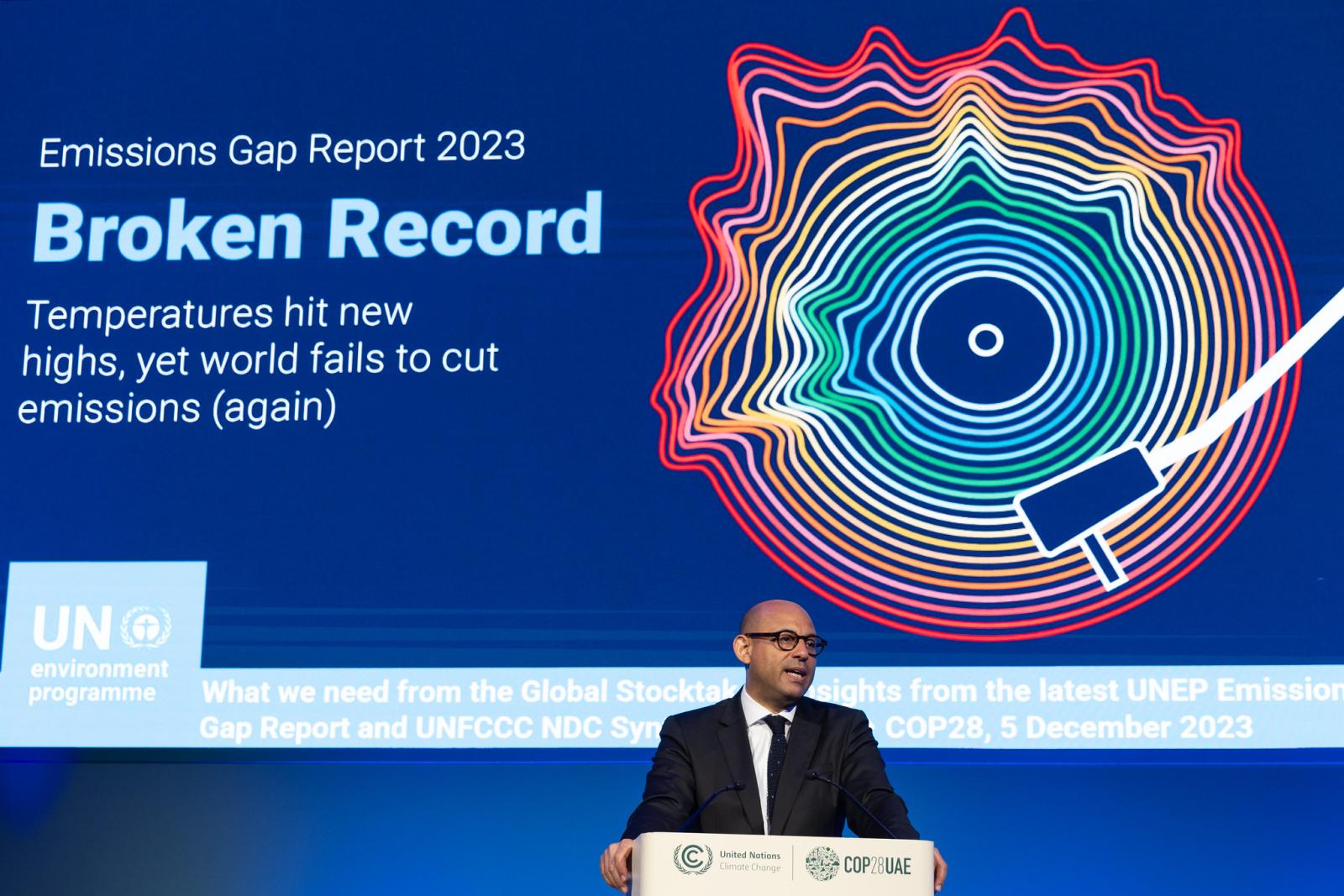The new research center :envihab at the German Aerospace Center (DLR) in Cologne represents a bridge between the traditional medicine on Earth and the space medicine. The structure, with an area of 3500 square meters and a cost of 30 million Euro, will be used to study the effects of extreme environmental conditions on the human body and to determine the possible countermeasures. For example, the researchers will study the effects of aging, bed rest, immobilization and isolation on Earth.
The :envihab can also be considered as the earthly twin-laboratory of the International Space Station. The name is obtained from the words environment and habitats and describes a closed life support system, just like the ISS. Eight separate modules and a short-arm human centrifuge allow to conduct research on the cardiovascular system, bones and muscles in order to understand the effects of the reduction of oxygen and pressure on test subjects. Other facilities also include an apparatus for magnetic resonance imaging and a pressure chamber that can be used to simulate altitudes up to 5500 meters. There are also facilities for MRI (Magnetic Resonance Imaging) or PET (Positron Emission Tomography) analysis, rooms for the simulations of psychological stress and rehabilitation, tools for microbiological, molecular and biological research, as well as places to host and monitor the test subjects.
After many months in a weightless environment there is an impact on the human body. In fact, many evidences show changes in the tissue of bones and muscles of the astronauts during long-term space missions. The :envihab will focus its research on space and flight physiology, radiation biology, psychology in space, operational medicine, biomedical research and terrestrial similar situations. Indeed, it is possible to simulate human physiology in space through studies with bed rest simulations on Earth. Valuable data on the physiology and early reversible pathological alterations that are associated with a sedentary lifestyle on Earth will be obtained.
The first bed rest study at :envihab is planned for 2014. After the mission Volare of Luca Parmitano, other two ESA astronauts will stay for six months in the ISS: Alexander Gerst and Samantha Cristoforetti. The research at :envihab could be useful for their adaptation in space and readaptation to the conditions on Earth after their missions.


